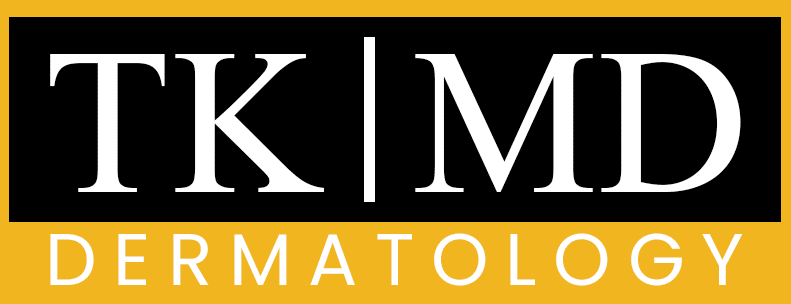Superficial Radiation Therapy (SRT)

Painless, Non-Invasive & Effective
Superficial radiation therapy, also known as electron beam therapy, is a type of radiation therapy used to treat skin cancers, such as basal cell carcinoma (BCC) and squamous cell carcinoma (SCC).
Superficial radiation therapy uses a machine that delivers a low-energy beam of electrons to the affected area. This type of radiation therapy is called “superficial” because it targets only the skin and the tissues just below it, minimizing exposure to deeper tissues.
The procedure is usually performed on an outpatient basis and typically takes only a few minutes to complete. Most people experience little to no discomfort during the treatment, and there is no recovery time.
Superficial radiation therapy is effective for many people with early-stage skin cancer. It has a high cure rate, especially for small, well-defined skin cancers. It is often used as an alternative to surgical removal, especially for people who are not good candidates for surgery due to age or health issues.
If you have skin cancer or are at high risk for skin cancer, it’s important to discuss all of your treatment options with a qualified healthcare provider to determine the best course of action for your individual needs.
Is SRT Right for You?
The decision to use superficial radiation therapy (SRT) for skin cancer treatment depends on a number of factors, including:
Type of skin cancer: SRT is most commonly used to treat basal cell carcinoma (BCC) and squamous cell carcinoma (SCC), the two most common types of skin cancer. It may not be appropriate for other types of skin cancer, such as melanoma.
Stage of cancer: SRT is most effective for early-stage skin cancers that are small and well-defined. If the cancer is larger or has spread to deeper tissues, other treatments may be more appropriate.
Health status: SRT may not be appropriate for people with certain medical conditions, such as certain heart or lung problems. Your doctor will consider your overall health when deciding if SRT is right for you.
-
Personal preference: Some people may prefer SRT because it is a non-surgical procedure that is minimally invasive and requires no downtime. Others may prefer surgical removal of the cancerous tissue.
Cost and insurance coverage: SRT is typically covered by insurance, but it’s important to check with your insurance provider to determine your specific coverage.
Ultimately, the decision to use SRT for skin cancer treatment should be made in consultation with a qualified healthcare provider who can consider all of the above factors and your individual needs and preferences.

